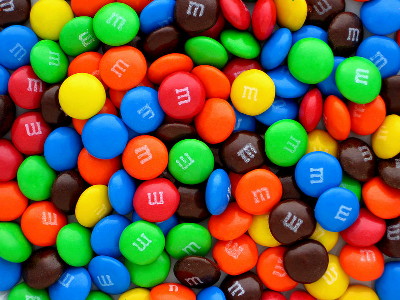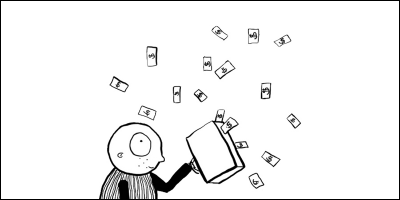Eleven psychology, psychiatry, behavioral economics factors to be aware of properly judging something when choosing something

ByThomas Hawk
Humans are spending a lot of choices and judgments everyday, but sometimes they decide unconsciously without thinking what is important. When the brain makes judgments, the elements of psychology, psychiatry, and behavioral economics are influenced, and among them "Eleven things that seems to be good to know to properly judge something when choosing somethingCognitive Lode has published it.
Brain gems for decision-makers - Cognitive Lode by ribot
http://coglode.com/
◆ 01:Anchoring
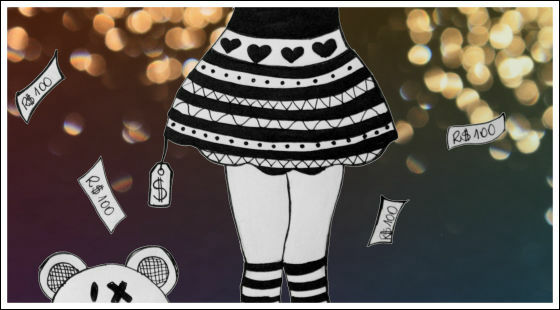
ByPriscila Tonon Ramos
Anchoring is one of the cognitive biases and means a tendency to emphasize particular features and pieces of information too much when making judgments. In particular, when choosing one from multiple choices, humans seem to have a strong tendency to use the information that they first saw as an analytical material to make a final judgment. For example, if a person who intends to purchase one used car and two new cars, one who is going to purchase one from a total of three cars firstly looks at the price of the used car, it is based on the price, It is said that two new cars are cheaper than the price of secondhand cars, making judgment of purchase without considering actual performance and quality.
◆ 02:IKEA effect

ByGerard Stolk
The Harvard Business School of Harvard Business SchoolAssociate Professor Michael Norton, Associate Professor Daniel Mochon, Professor Dan ArielyI have written about an experiment I went to a student. In that experiment, first divide the students into two groups, give IKEA products already assembled to one group, and IKEA's products to assemble themselves in one group, and ask both sides to price something like. As for the result, the latter group, that is, the group given the unassembled product was more expensive than the group. According to Norton Associate Professor 's experiments, we find that human beings find high value for work that has made efforts and accomplished tasks, that is, hand - made goods tend to be more valuable.
◆ 03: If the sum of the price of the bat and the ball is 1100 yen, and if the bat is 1000 yen higher than the ball, how much is the ball?
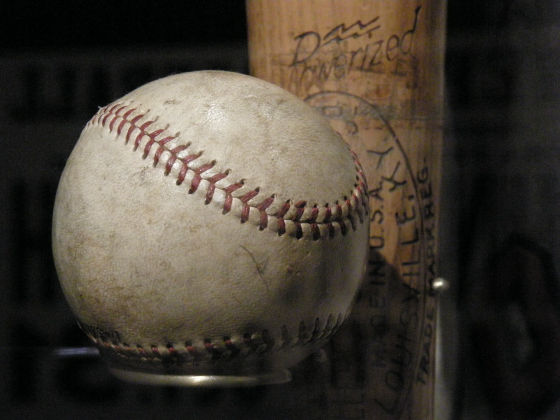
ByNeil R
The correct answer is that the ball is 50 yen and the bat is 1050 yen. If you contemplate with one of the common hook problems, I will make a mistake, but in the head immediately after seeing the problem I get an answer that the bat is 1000 yen and the ball is 100 yen. This is another phenomenon that cognitive bias distracts the brain. Written by three psychologists Wim De Neys, Sandrine Rossi, Olivier HoudépaperAccording to him, humans tend to unconsciously replace difficult problems with simple problems.
◆ 04:Hyperflex discount
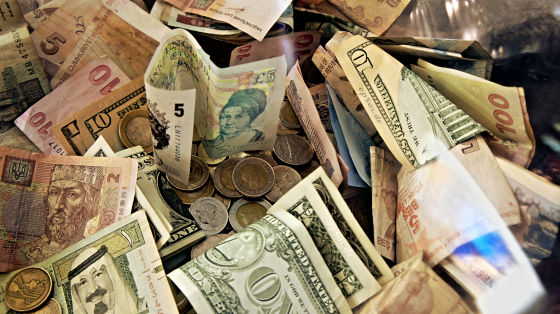
ByEpSos .de
For those who receive 5000 yen now and 10,000 yen in a year, most people answer "I get 5000 yen now" with immediate answer. However, if you listen to 5000 yen in 5 years and 10,000 yen in 6 years, you will not be able to answer immediately but more people will suffer. this isBehavioral EconomicsIt is called hyperflex discount and it is one of the concepts to explain human irrational behavior "I can wait if it is a distant future but can not wait if it is in the near future".
◆ 05:Passive bias

ByRob_rob 2001
For example, a cockroach slightly touches a delicious dish, and willingness to eat food disappears. This happens when a dirty cockroach touches the dish, but the desire to eat cockroaches does not come out even if you try to touch a delicious dish to the cockroach that was served in the dish on the other hand. This phenomenon is called passive bias and was summarized by Paul Rozin and Edward Royzman, professors of psychology at the University of Pennsylvania(PDF) Article, And passive bias is due to the fact that negative events occur less frequently than positive events.
◆ 06:Hedonic treadmill phenomenon

ByThomas Hawk
Hedonic treadmill phenomenon means that human beings are quickly accustomed to feeling of happiness and the feeling of happiness felt over time becomes thinner. For example, a smartphone that bought a long line of products and then bought it gives a feeling of happiness at the beginning, but as time goes by, it gets used up gradually, soon you want to buy a new smartphone. Hedonic treadmill phenomenon,Michael EysenckIt is the theory chanted by a psychologist.
◆ 07: Target slope

ByU.S. Army
In the coffee shop, it is easier for stamps to accumulate on the stamp card in which two stamps are pushed from the first of the 10 squares and the cards of the eight trouts not stamped from the beginning, the stamp is more likely to accumulate on the former It is called the target slope. In other words, the closer the goal is to humans and animals, the more likely it is to raise the speed towards the goal.(PDF) Recent researchThen, when we announce the fund raising activity as "a little after the achievement!", It turns out that money gathers at a faster pace than before.
◆ 08:Von Restauru effect

ByPaukrus
The von Lestorf effect is a phenomenon in which the human brain preferentially remembers what was impressive or prominent regardless of preference. It means that things that are more flashy or have different shapes than those that have excellent quality are more likely to remain in memory.
◆ 09:Tzigarnik effect

ByViewminder
Psychologist of the former Soviet UnionBluma ZeigarnikHe advocatedTzigarnik effectIs a psychological phenomenon that can not be achieved or events that are interrupted are easier to remember than events that have been achieved. The waiter at the restaurant sometimes does not remember the order of the customer who made the payment but said that he remembers the order of customers who have not paid well.
◆ 10:Peak-end law

ByZach Dischner
Humans judge past experiences at the time of the peak of emotions that are happy or pleasant in experience, and how they felt at last, judging the goodness of experience and do not include in the judgment material what was feeling on the way There is a tendency, this is called the peak-end law. It took place in 1993ExperimentI asked the subjects to wear water with a water temperature of 14 ° C for 60 seconds, then put on water at 14 ° C for 60 seconds and then water at 15 ° C for 30 seconds, the subjects said " I am the one. "
◆ 11: Paradox of selection

BySmif
Analyzing the customer's behavior by arranging 24 types of 6 types of jams at the supermarket, customers who came to the shelf with 24 kinds of jams were 60% of the total, and 60% of the jam shelves were 40% . However, only 3% of the customers who came to the 24 jam shelves purchased the jam, while only 6% of the customers purchased the jam actually 30% of the customers who came. This phenomenon is called paradox of choice. The more options you have, the more people you will attract, but because of the many choices you will find, it is more difficult to decide which jams to choose from than a few choices.
Related Posts:
in Note, Posted by darkhorse_log




